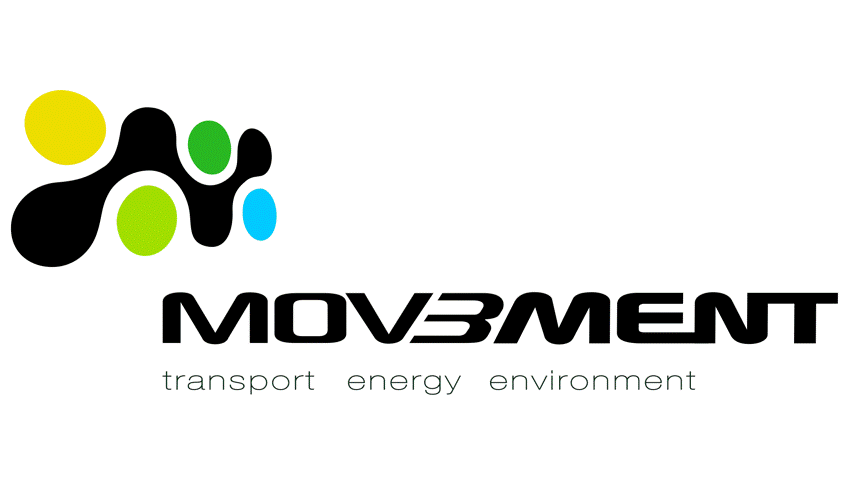Australia is moving towards a cleaner and smarter energy future with the release of the National Roadmap for Bidirectional Electric Vehicle Charging (The Roadmap). This plan, developed by ARENA, RACE for 2030, and enX Consulting, explores how electric vehicles (EVs) can help power homes, businesses, and the national grid.
Bidirectional charging allows EVs to draw power from the grid and send energy back to homes, businesses, or even the grid. This innovation enables EVs to act as mobile energy storage units, offering significant benefits in energy security, cost savings, and grid stability.
Transforming Energy Storage in Australia
With bidirectional charging, EVs have the potential to become one of Australia’s largest sources of flexible energy storage. As the technology matures, it could:
- Reduce electricity costs by allowing consumers to store and sell excess energy during peak demand periods.
- Enhance grid stability by supplying power back to the grid, mitigating fluctuations in energy supply.
- Provide backup power for homes and businesses, reducing reliance on traditional battery storage.
Vision for Australia
The Roadmap identifies key policy and industry actions needed to support bidirectional charging adoption. According to ARENA, there are 18 actions that
ARENA CEO Darren Miller said it has the potential to transform the industry.
“By the early 2030s, the battery capacity of our electric vehicle fleet is projected to outstrip all other forms of energy storage in the National Electricity Market,” he said.
Projections suggest that by 2030, 1.5 million EVs will be on Australian roads. If just 10 per cent of these adopt V2G technology, they could contribute up to 37 per cent of the National Electricity Market’s total storage needs. This shift could also save Australians up to $5 billion by reducing the need for large-scale battery investments.
Implementing the Roadmap
Although bidirectional charging is not yet available to Australian consumers, small-scale trials have demonstrated its feasibility. To accelerate adoption, the Roadmap outlines several key actions:
- National policy commitment
- Time-limited installation rebates
- National Electricity Rule changes to enable dynamic tariffs and national consistency for networks
- Clear direction on interoperability standards
- Clarity on national smart grid architecture requirements
The National Bi-Directional Charging Roadmap is an important step toward a cleaner and more affordable energy system. By using EVs as energy sources, Australia can move toward a smarter, greener, and more cost-effective future for everyone.
Did you find this article interesting? Click the ‘heart’ button above to give it a ‘like’!


















